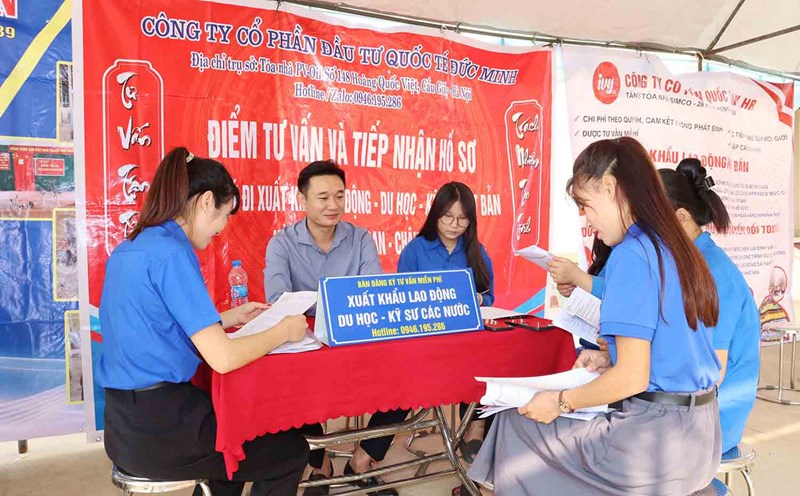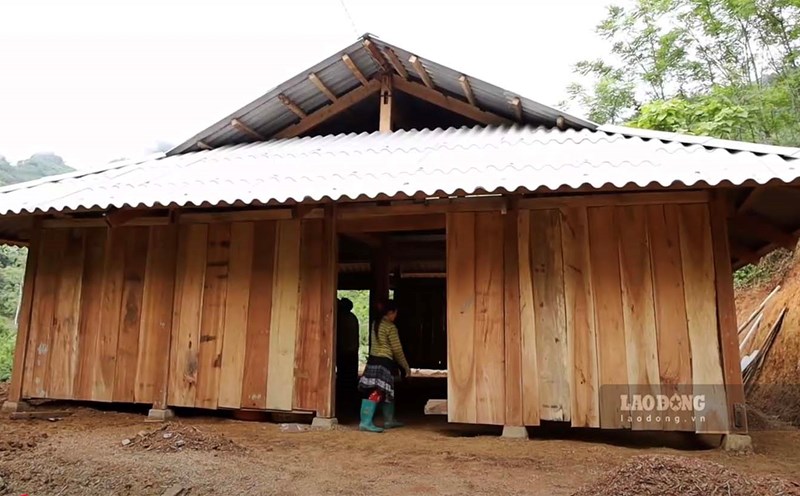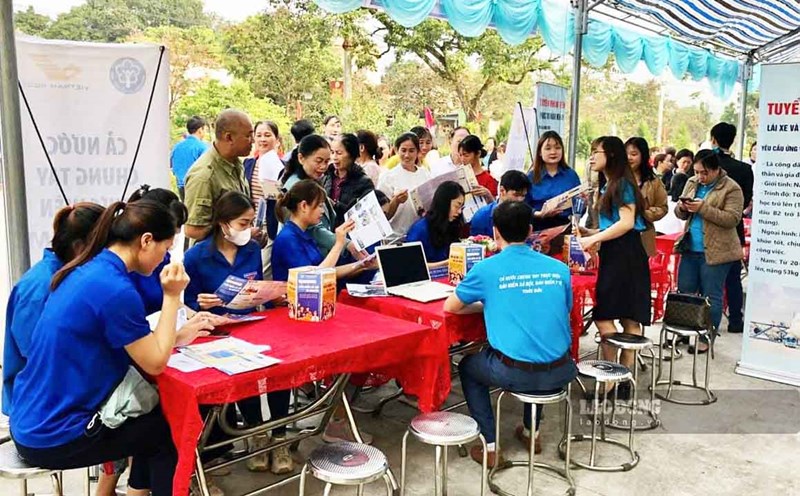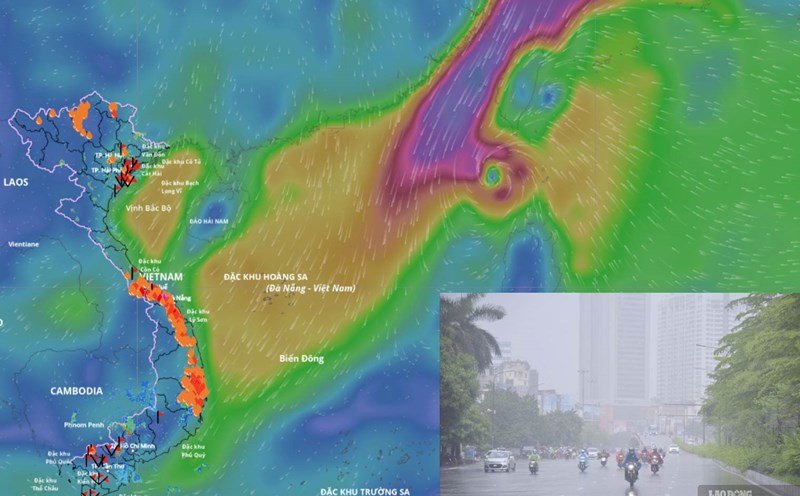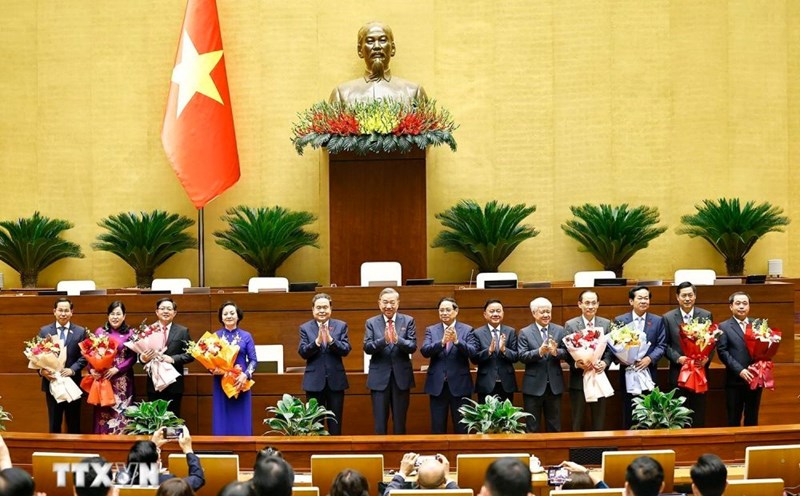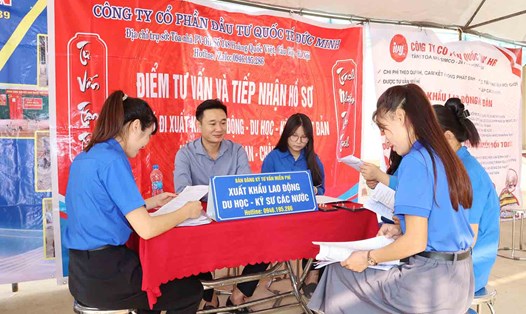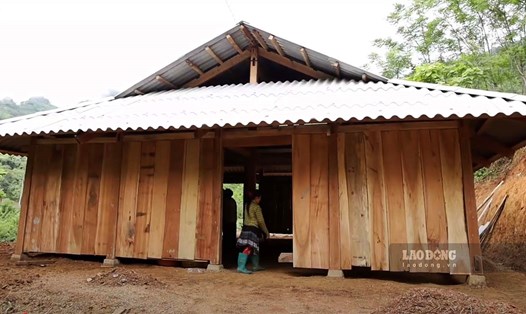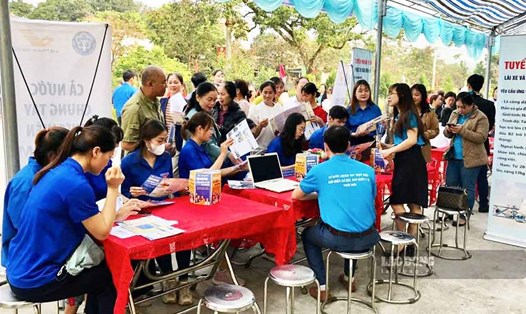Ms. Chao Thi Lien in Quan Ba commune, Tuyen Quang province, from a poor household with low income, has had a stable income from participating in production linkages, switching from traditional crop varieties to growing vegetables, specialized crops such as tomatoes and cucumbers.
" Participating in the production linkage model has helped my family's income many times higher than growing rice and corn. Thanks to the production chain, having enterprises supporting seeds, techniques and purchasing products at stable prices, we are very assured and no longer worry about agricultural product output," Ms. Lien shared.
Quan Ba commune is one of the highland localities of Tuyen Quang province with ethnic minorities accounting for nearly 95%, people mainly living by agricultural and forestry production, high rate of poor and near-poor households.
In recent years, to effectively implement sustainable poverty reduction, the Ministry of Agriculture has deployed a number of models and approaches that bring practical efficiency and have potential for replication, such as the model "Supporting livelihood diversification, adapting to climate change".
Instead of focusing on a few traditional crops or livestock, this model encourages people to diversify production activities, combine cultivation, animal husbandry, and develop secondary occupations such as agricultural processing, handicrafts, and small-scale services to help people have many stable sources of income.
Model of "Connecting production according to value chain" with some local agricultural products such as cucumbers, tomatoes, peanuts. The support focuses on building production teams and groups, providing market information, technical support and product quality management, connecting with purchasers and agricultural processing units. Thereby, ensuring stable output for people's products to increase product value and increase sustainable income.
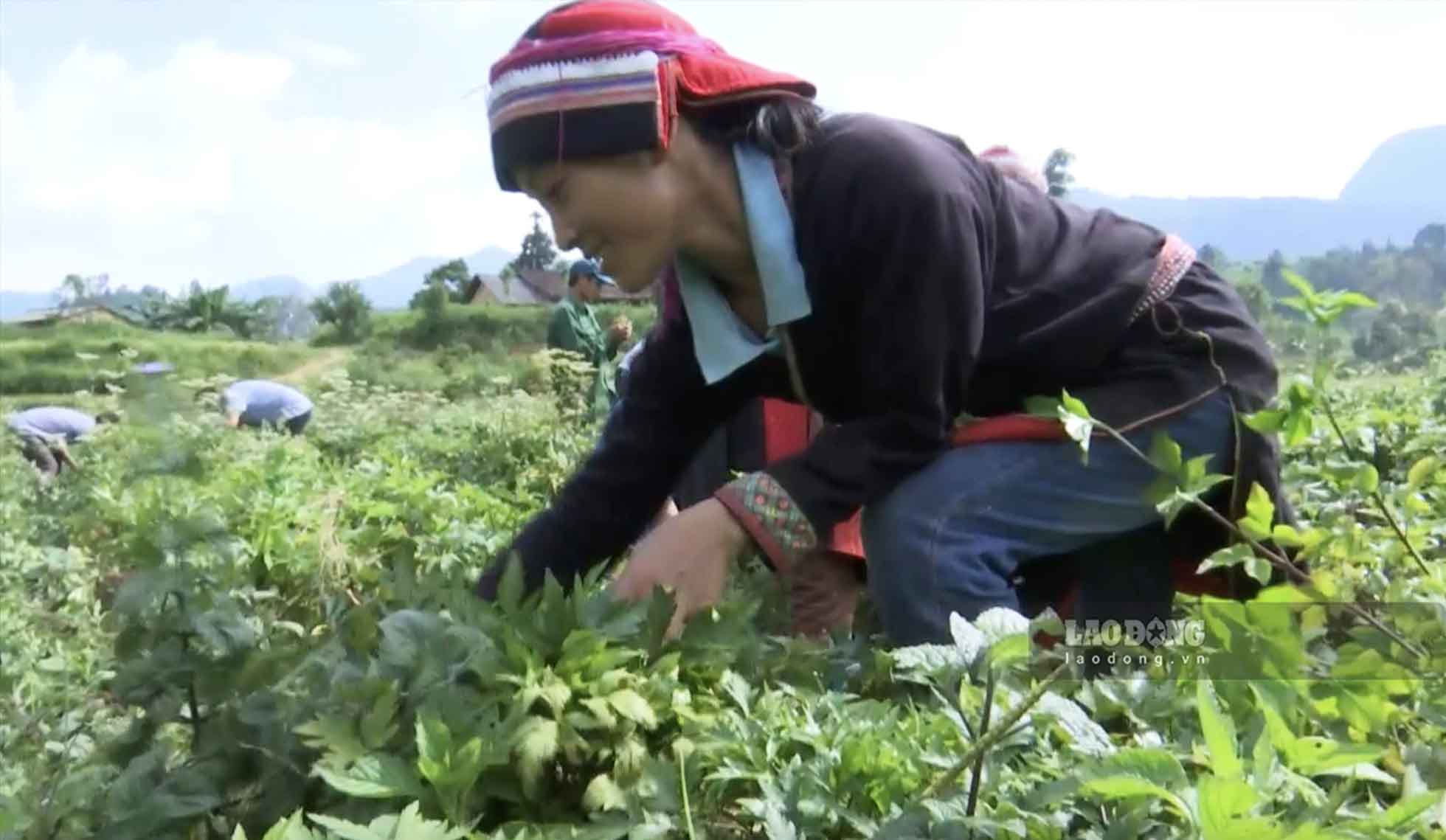
In some other localities such as Meo Vac commune, focusing on shifting production and agricultural structure, reorganizing production, developing cooperatives and cooperatives providing agricultural technical services to support poor, near-poor households, and newly escaped poverty households towards sustainable production according to the commodity value chain has brought positive results in poverty reduction.
Communes in Meo Vac region convert 175.5 hectares of ineffective corn land to grow crops with higher economic value such as sweet potatoes, pears and some medicinal herbs for an income of 2-3.7 times higher than growing corn. In the period of 2021 - 2025, the locality has implemented 99 models and projects to support community production development, with 2,063 households participating.
Thanks to models such as raising cattle, producing and processing sweet soup, fruit trees, medicinal herbs, etc., it brings a stable source of income to the people. In the period of 2021-2025, the multidimensional poverty rate in the communes of Meo Vac area will decrease from 64.07% in 2021 to 44.7% by the end of 2024, an average decrease of 6.37%/year.
Up to now, the whole province of Tuyen Quang has implemented hundreds of livelihood models associated with local strengths such as snow sweet soup, mint honey, precious medicinal plants, buffalo and cow breeding, goods... Tens of thousands of poor and near-poor households have been supported in production, technology transfer, and outputs.
In 2025, Tuyen Quang province will continue to effectively implement the Project on Diversifying livelihoods and developing poverty reduction models in the National Target Program on Sustainable Poverty Reduction with the goal of supporting the diversification of livelihoods, building, developing and originating poverty reduction models and projects to support the development of production, business, services, tourism, startups and business startups to create jobs and sustainable livelihoods.
The project has contributed to the implementation of the goal of economic restructuring, labor restructuring, promoting the cultural values of the nation, environmental protection, economic growth and the goal of sustainable poverty reduction.
According to the Department of Agriculture and Environment of Tuyen Quang province, the poverty rate of Ha Giang province (before the merger) decreased from 42.85% at the end of 2021 to 25.93% at the end of 2024 (a decrease of an average of 5.38%/year). The poverty rate of Tuyen Quang province (before the merger) decreased from 23.45% at the end of 2021 to 10.19% at the end of 2024 (down 4.42%/year).
In the period of 20252030, Tuyen Quang province sets a target of reducing the poverty rate by 34% per year.

